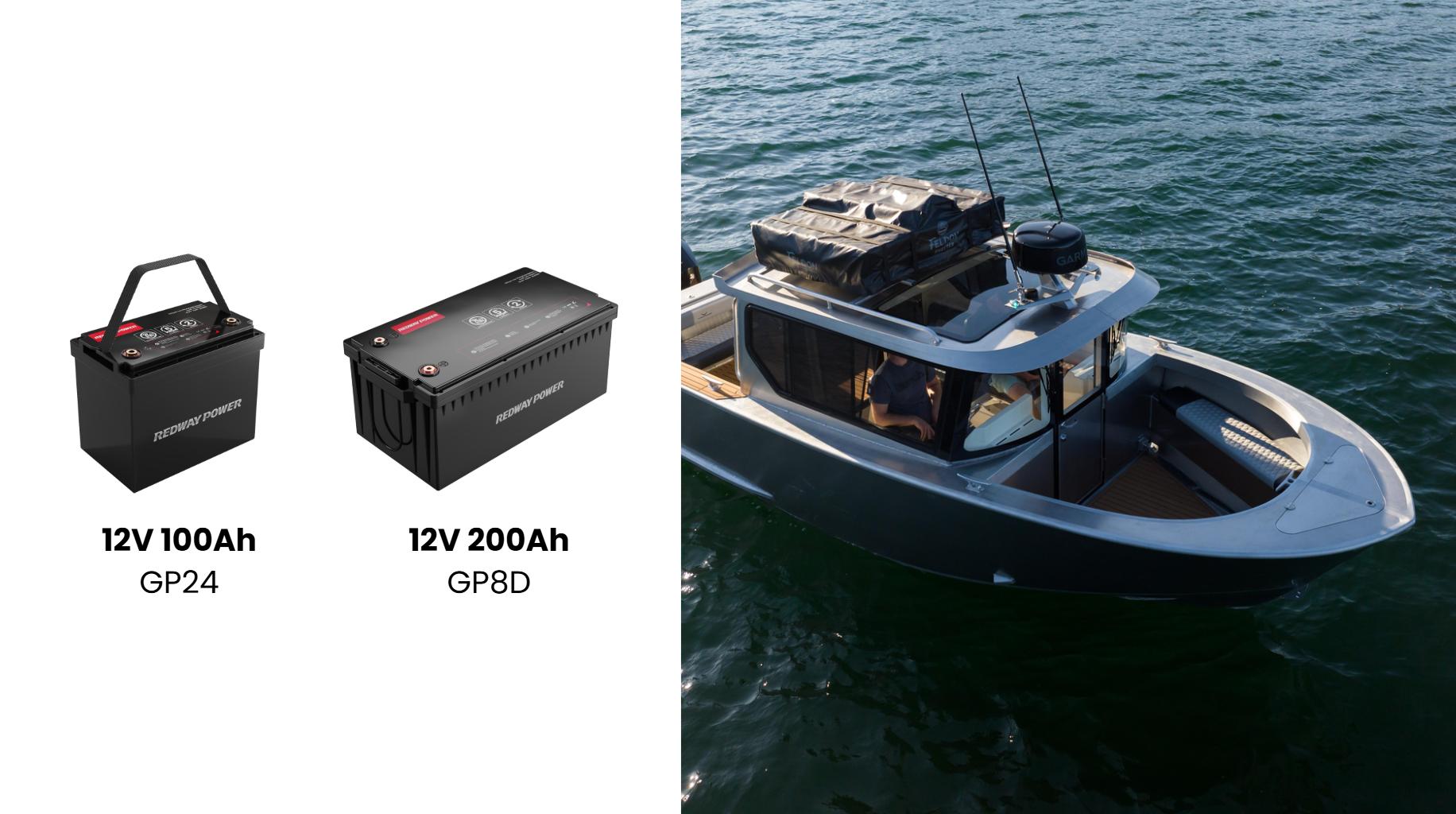A 12V lithium marine battery is a lightweight, high-performance power source designed for boats. It offers longer lifespan, faster charging, and deeper discharge capabilities compared to lead-acid batteries. Ideal for trolling motors, navigation systems, and onboard electronics, lithium batteries provide reliable energy in harsh marine environments while reducing weight and maintenance.
What Are the Advantages of 12V Lithium Marine Batteries Over Lead-Acid?
Lithium marine batteries outperform lead-acid in energy density, lifespan (2,000–5,000 cycles vs. 300–500), and weight (up to 70% lighter). They maintain voltage stability under heavy loads, charge 3x faster, and allow 80–100% depth of discharge without damage. Built-in Battery Management Systems (BMS) prevent overcharging, overheating, and short circuits.
How Do You Install a 12V Lithium Marine Battery Safely?
Use marine-grade cables and corrosion-resistant terminals. Ensure the battery compartment is ventilated, secured against movement, and protected from water ingress. Connect to a lithium-compatible charger (14.4–14.6V absorption voltage). Ground the negative terminal to the boat’s common ground. Activate the BMS via the ignition switch if required.
What Is the Lifespan of a 12V Lithium Marine Battery?
A 12V lithium marine battery lasts 8–12 years with proper care. Cycle life ranges from 2,000 cycles at 100% depth of discharge (DoD) to 5,000+ cycles at 50% DoD. Avoid storing at full charge; keep at 30–60% charge in temperatures between -4°F (-20°C) and 140°F (60°C) for optimal longevity.
Are 12V Lithium Marine Batteries Safe for Saltwater Environments?
Yes. High-quality lithium marine batteries feature IP67 waterproof ratings, corrosion-resistant casings (ABS or polycarbonate), and epoxy-sealed terminals. BMS safeguards against saltwater-induced short circuits. For example, Redway Power’s RLFP-100 model uses marine-grade aluminum housings and self-discharges at <3% per month when idle.
How Much Do 12V Lithium Marine Batteries Cost Compared to Alternatives?
12V lithium marine batteries cost $500–$1,500, 2–4x more upfront than lead-acid ($150–$400). However, they save $1,200+ over 10 years due to zero maintenance, no replacement costs, and 95% efficiency vs. lead-acid’s 80%. For example, a 100Ah lithium battery provides 128Ah usable capacity vs. 50Ah in lead-acid.
What Are the Environmental Impacts of 12V Lithium Marine Batteries?
Lithium batteries reduce ecological harm through 98% recyclability (vs. 60% for lead-acid) and zero acid leaks. Mining impacts are offset by 10x longer service life. Companies like Redway Power use closed-loop recycling, recovering 95% of lithium, cobalt, and nickel. Proper disposal via EPA-certified centers is critical.
How Compatible Are 12V Lithium Batteries With Marine Electronics?
Lithium batteries support 12V/24V systems and integrate with solar controllers, inverters, and GPS. Voltage stays stable (±0.1V) between 10%–100% charge, unlike lead-acid’s 1.5V drop. Use a DC-DC converter (e.g., Victron Orion-Tr) for mixed battery systems. Check compatibility with trolling motors like Minn Kota Terrova.
What Future Innovations Are Expected in Lithium Marine Batteries?
Emerging tech includes solid-state lithium (500Wh/kg density by 2025), graphene-enhanced anodes for 15-minute charging, and AI-driven BMS for predictive maintenance. Redway Power’s 2024 prototypes feature saltwater-activated cooling systems and hybrid LiFePO4-NMC chemistries for -40°F operation.
Expert Views
“Modern lithium marine batteries are revolutionizing boating. Our Redway Power RLFP series uses dual-layer BMS with CAN bus communication, enabling real-time health monitoring via Bluetooth. Future models will integrate with onboard AI to optimize energy use based on weather and navigation patterns.” — James Carter, Marine Engineering Lead, Redway Power.
Conclusion
12V lithium marine batteries deliver unmatched performance, safety, and cost-efficiency for boaters. With advancements in recycling and smart technology, they are set to dominate marine energy systems. Prioritize batteries with robust BMS and marine certifications like ABYC TE-13 when upgrading.
FAQ
Q: Can I replace my lead-acid battery with lithium without modifying my boat?
A: Yes, if your charger supports lithium profiles. Upgrade wiring if currents exceed 100A.
Q: Do lithium marine batteries work in cold climates?
A: Yes, but charging below 32°F (0°C) requires low-temp charging modes (e.g., Redway’s -20°C charging capability).
Q: How do I store a lithium marine battery offseason?
A: Store at 30–60% charge in a dry, temperature-controlled area. Recharge every 6 months.




